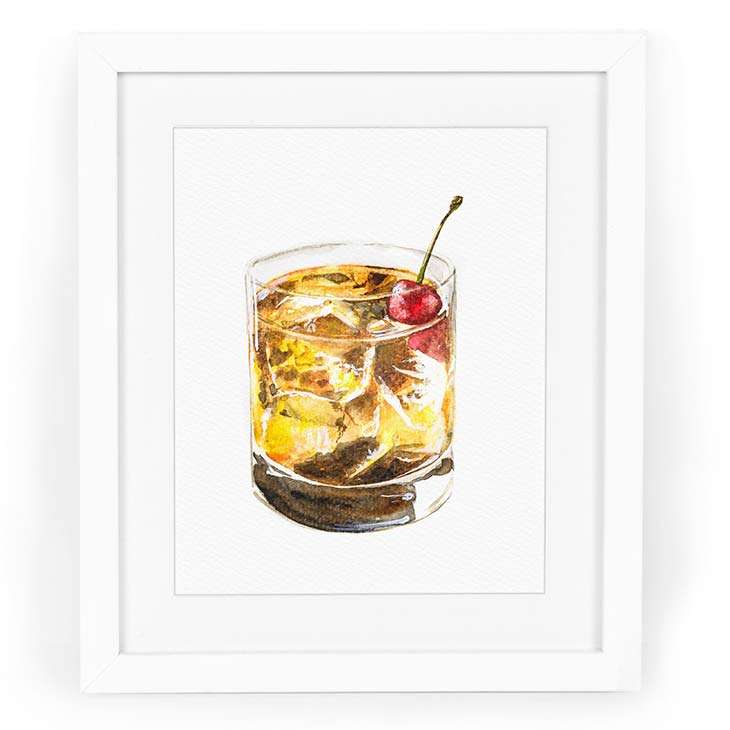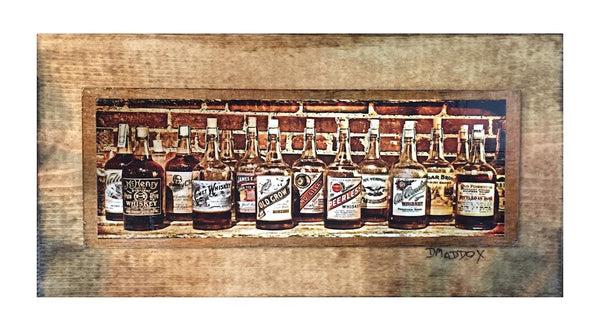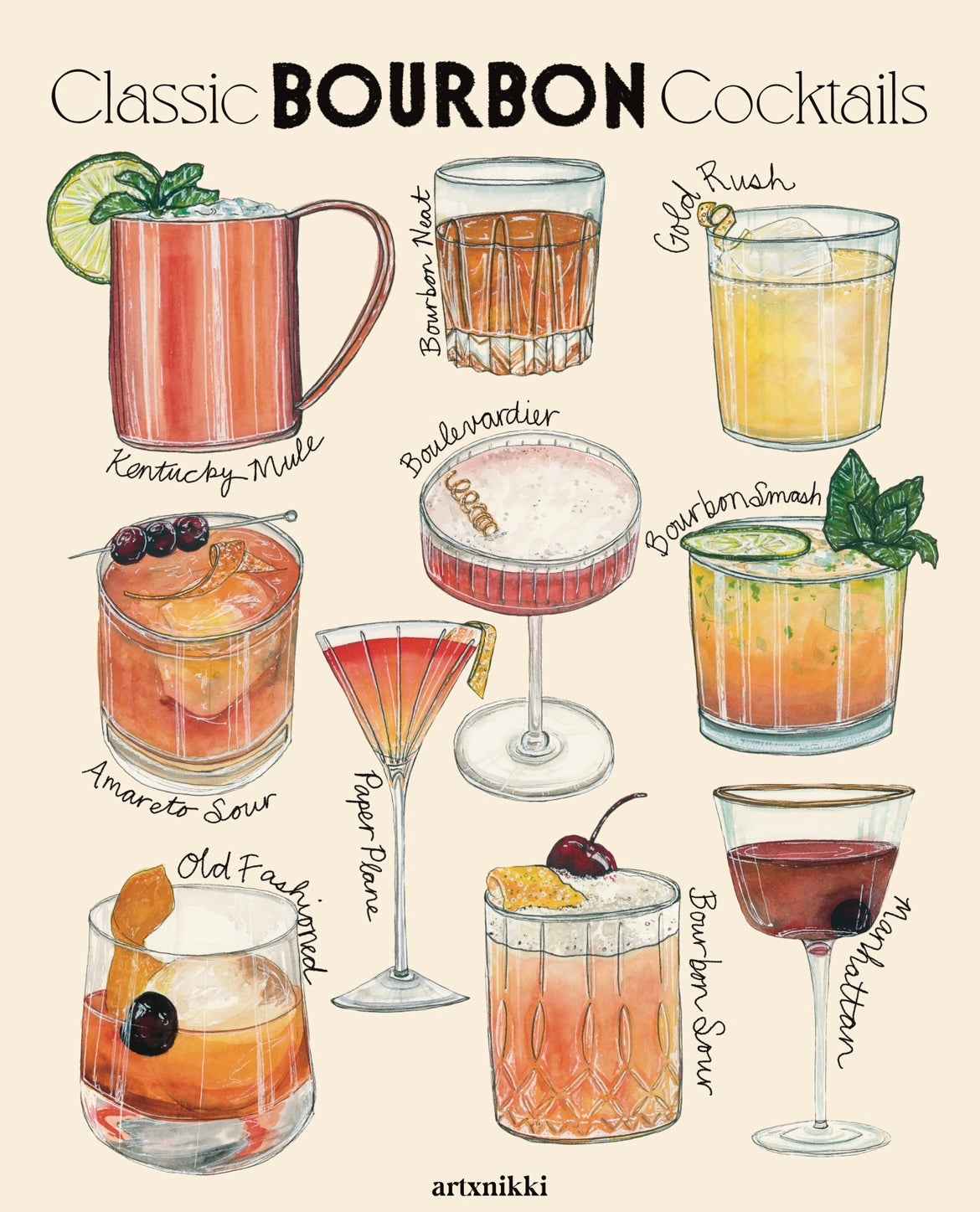Bourbon Art in Contemporary Society: Where Practice Satisfies Development
The Significance of Whiskey Art in Celebrating Heritage and Workmanship in the Beverage Sector
The elaborate relationship between scotch art and the event of heritage and craftsmanship within the drink sector can not be overemphasized. Via attentively made tags and containers, scotch brand names envelop their historic origins and the artisanal skills that define their manufacturing techniques.
The Historic Roots of Whiskey
At the heart of whiskey's attraction exists a rich tapestry of historical roots that trace back to ancient civilizations. The origins of bourbon can be linked to the purification methods of the Sumerians and Babylonians around 2000 BCE, where very early forms of fermented grain beverages began to arise. Nonetheless, it was in the Center Ages that the art of distillation developed substantially, particularly in Ireland and Scotland, causing the production of bourbon as we understand it today.
The term "whiskey" itself obtains from the Gaelic word "uisce beatha," indicating "water of life." This phrase highlights the cultural significance of bourbon in Celtic societies, where it was commonly associated with rituals, parties, and communal bonding. By the 15th century, purification ended up being an identified craft within reclusive communities, leading the way for the establishment of lawful distilleries.
As profession paths increased, bourbon's popularity expanded, going beyond regional boundaries and recording the passion of lovers worldwide. Whiskey Art. This historical trip reflects not only the workmanship behind whiskey production however likewise its important function in social and social contexts, noting it as a considerable beverage throughout background
Artistic Expression in Branding
Whiskey branding stands as a compelling junction of creativity and commerce, where visual identity plays an essential function fit customer perception. The aesthetics of scotch labels, packaging, and marketing products reflect not only the brand's story however likewise its core worths and heritage. Through artistic expression, distilleries convey a narrative that reverberates with consumers, stimulating emotions and sparking links.
Using shade, typography, and images in branding serves to set apart products in a saturated market. Typical themes may stimulate a feeling of authenticity and craftsmanship, while modern designs can signify advancement and forward-thinking. This calculated artistic direction boosts brand acknowledgment and commitment, permitting customers to build an individual partnership with the whiskey they choose.
In addition, artistic expression in branding often acts as a celebration of regional heritage. Distilleries frequently incorporate neighborhood icons or historic references into their layouts, creating a feeling of place that invites customers to take part in a wider cultural experience. Ultimately, the creativity behind bourbon branding not just improves visual charm yet also enriches the general narrative of the brand name, fostering a much deeper recognition for the workmanship and heritage ingrained in each bottle.
Craftsmanship in Bottle Design
The creativity evident in whiskey branding expands past visual identification to incorporate the workmanship entailed in container style. Each bottle acts as a vessel not just for the spirit within, however also for the story it tells regarding its high quality, practice, and origin. The style procedure calls for meticulous interest to detail, as components such as closure, shape, and material add substantially to the total assumption of the scotch.
Craftsmanship in container layout includes selecting high-grade here are the findings glass that can improve the whiskey's shade and quality, while also providing a tactile experience for the customer. The silhouette of the container should be both visually attractive and practical, often reflecting the heritage of the brand name. Several distilleries go with unique forms or embossed logo designs that stimulate a sense of authenticity and history.
In addition, the label layout and typography play a vital role in connecting the brand name's narrative. Whiskey Art. A well-crafted bottle not just captivates the consumer's eye however likewise enhances the brand's dedication to quality and practice. In this method, the workmanship of container layout ends up being a crucial aspect of the bourbon experience, merging creativity with a profound respect for heritage
Social Importance of Bourbon Art
Celebrating tradition and craftsmanship, the cultural importance of bourbon art goes beyond mere visual appeals, linking with the social and historical narratives of the areas from which it comes from. Each bottle functions as a canvas, depicting the special stories, mythology, and practices that have formed regional whiskey-making techniques. The detailed styles frequently reflect the heritage of the distillers, including icons and themes that reverberate with the culture and worths of their communities.

In addition, scotch art plays a crucial role in communal events and events, serving as a substantial web link in between individuals and their shared experiences. By valuing the creativity in whiskey packaging, consumers cultivate a deeper understanding and regard for the craft, inevitably improving their enjoyment of the beverage itself.
Modern Trends in Whiskey Discussion
Over the last few years, the presentation of bourbon has progressed to show contemporary tastes and fads while still recognizing traditional craftsmanship - Limited Edition. Distilleries are significantly focusing on aesthetic components that boost the general drinking experience, bridging the gap between heritage and modernity
Innovative bottle layouts have actually arised, usually integrating sustainable products and artistic tags that tell compelling tales. Many brands now collaborate with local musicians, infusing their items with unique visual expressions that resonate with consumers. Furthermore, limited-edition releases are often packaged in collectible containers, including value and charm for aficionados.

Verdict
In conclusion, whiskey art works as a crucial channel for revealing the heritage and workmanship inherent in the beverage sector. Through elaborate branding, innovative bottle styles, and culturally significant creative components, whiskey brand names effectively honor their practices and connect with consumers. This imaginative story not only elevates the gratitude of whiskey however also enhances neighborhood identity and satisfaction among manufacturers. Eventually, scotch art plays a crucial duty in preserving and commemorating the abundant cultural tapestry of whiskey-making.


Craftsmanship in container style includes selecting high-grade glass that can improve the scotch's shade and clarity, while also giving a responsive experience for the customer. In this method, the craftsmanship of container design ends up being an important facet of the scotch experience, merging artistry with an extensive respect for heritage.
In conclusion, whiskey art check here offers as an essential channel for revealing the heritage and workmanship inherent in the beverage sector.